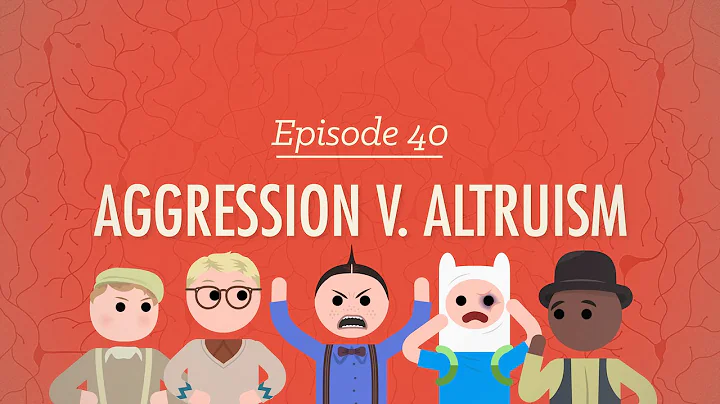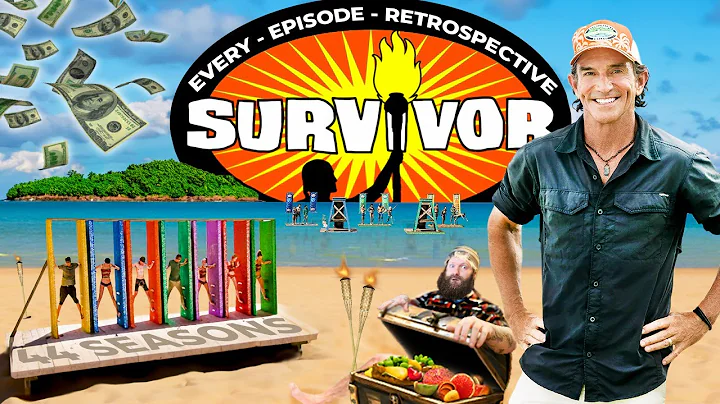I work on the most interesting and practical psychology every day
Interpersonal communication is a complex science. There are all kinds of people in this world, and we cannot guess what others are really thinking. Therefore, many people study thick black psychology to protect themselves.
But after all, no one knows how to read minds and . Along the way, I discovered that all the tricks are not worth sincerity and "altruism".
Why do people with rich social experience advocate altruism? Today we will analyze it from a psychological perspective.
Psychologists once divided altruistic behavior into several types, including: genetic altruism, reciprocal altruism, and group protection altruism.

And these are not pure altruism, they all involve helping another person now, and this person may repay you one day in the future. Pure altruism is different from the former. It is also called moral altruism. This kind of The form involves helping others with no reward, comes with its own risks, and is driven by an intrinsic moral drive.
Despite the existence of pure altruism, social psychologists have been greatly confused because people are essentially self-interested.
There is a saying that "If a person does not serve himself, he will be punished by heaven and earth." Is it the brain structure or some psychology that inspires these kind deeds, allowing them to risk themselves to save another person? Later, I found a way to say it: cognition Cognitive motivation: Helping others can reduce your own pain.

This has a physiological basis. American psychologist John Forsyth found that when a person helps others, even if it is a small help, the amount of dopamine and serotonin in the person's body will be greatly increased. , and these two substances will make people feel happy.
So we can draw a conclusion that helping others shows a positive correlation with a person's happiness.
From a psychological point of view, people come to this world to seek a sense of identity and belonging, to help others, to let others identify with themselves, to generate a sense of self-worth and existence, and thus have the confidence to pursue security and Sense of belonging, these are cognitive incentives.

The process of altruism is inseparable from one word: "empathy". First, let's look at the concept of empathy. Empathy comes from Greek "empatheia", means "passion" or "physical emotion", it It is the ability to understand another person's perspective and share his or her feelings. Synonyms include sympathy, like-mindedness, etc.
Empathy has three types:
- Cognition (cognition)
- Emotion (emotion)
- Sympathy (sympathy)
What we call empathy with others in psychology is the "empathy" here.

Sympathy and empathy are the highest level type and are the most basic existence in psychological counseling. That is to say, it needs to be based on cognitive empathy and emotional empathy. Cognitive empathy refers to Have certain or relatively rich cognitive skills, and the ability to analyze and internally analyze other people's emotional information, so the core lies in knowledge, the biases we often see in real life, stereotypes .
For example, black people are not liked; stepmothers must be ruthless when raising children. When seeing an old man fall to the ground, the first thing that comes to mind is blackmail, etc.
These are all prejudices caused by lack of knowledge. Under social prejudice, there will never be survivors. People cannot empathize with them due to lack of knowledge, which leads to social tragedies.

Emotional empathy is relatively simple and usually occurs between lovers and friends.So this also explains why some "advanced players" in society, top people, are able to practice altruism. These players have rich knowledge reserves and can achieve cognitive and emotional empathy, and finally achieve compassion and empathy. All three are indispensable.
But not all rich people are like this. Some rich people do charity based on utilitarianism or moral reputation, not from the heart.
They are still refined egoists in nature and are difficult to identify. These people often cannot empathize emotionally among the three. They are prone to " hollow disease " in their relationships. To put it bluntly, they lack intimacy. , cognitive stimulation often does not work on such people.

For example, in 2013, Robert, an 86-year-old rich man in the United States, committed suicide. He was one of the largest donors in American history. Before committing suicide, he dedicated his entire net worth of US$800 million (approximately RMB 4.9 billion) to The biggest blow to him was that his wife of 35 years left him before committing suicide and he had no children in his life.
Due to the lack of building close relationships, Rob failed to find his own sense of security and belonging. He could only continuously contribute to society to generate cognitive stimulation, amplify his sense of personal value, and at the same time serve as a compensation mechanism to make up for his inner lack.
Why in the eyes of advanced players, altruism equals win-win. In fact, it can be analyzed from two angles. The first one is the personal identity angle . When we help someone, the other person will definitely thank us and express their gratitude to us. We affirm that the most important thing between people is sincerity. People often discover the beautiful qualities of benefactors, even if you don't know that this person was once a murderer.

Therefore, the relationship between the helper and the helped is the relationship between redemption and being redeemed. Likewise, some of the top rich and powerful people in society.
rack their brains to get to the top of the pyramid. We will not comment on the merits and demerits. At least everyone will make mistakes. They must have done some things that "violate their conscience". Some things become troubles in life, so helping others is actually A kind of self-salvation in disguise.
In addition, from the perspective of social recognition , there is a kind of energy and magnetic field between people. When we sincerely help a person, he will carry this energy with him to every corner of society, just like the butterfly effect The same, and the interpersonal magnetic field surrounding us will also have an impact on ourselves.

It was mentioned in a documentary called The Secret: Law of Attraction , there is a huge magnetic field in the universe, although we cannot see it with the naked eye, when we want something, this magnetic field and energy will be continuously released. , one day you can get your wish.
From a psychological perspective, it is explained by the self-expectation effect. After helping others, we will generate positive and happy energy, and this energy will in turn be brought to us. This is the so-called win-win situation.
Altruism is essentially a kind of value exchange. When we pay attention to everything and develop a habit of thinking, value exchange can be reflected in every corner of our lives, and a win-win situation will always exist.
- The End -
Author | Tommy
First Psychological Writing Group | A group of young people who like to look up at the stars
References: Bruk, A., Scholl, S. G., & Bless, H. (2018). Beautiful mess effect: Self–other differences in evaluation of showing vulnerability. Journal of personality and social psychology, 115(2), 192-205
WeChat public account: First Psychology













![[Full] Rebirth:I am the Heaven God Season 1-2 1080P MULTI SUB - DayDayNews](https://i.ytimg.com/vi/hV8FmHjWERk/hq720.jpg?sqp=-oaymwE2CNAFEJQDSFXyq4qpAygIARUAAIhCGAFwAcABBvABAfgB_gmAAtAFigIMCAAQARhyIFYoPjAP&rs=AOn4CLBiphg6s04_wy22x6I1lVIss4AY0w)

![✨A Will Eternal EP 01 - 106 Full Version [MULTI SUB] - DayDayNews](https://i.ytimg.com/vi/r36PTYKzZdc/hq720.jpg?sqp=-oaymwEcCNAFEJQDSFXyq4qpAw4IARUAAIhCGAFwAcABBg==&rs=AOn4CLCXLriaO4mtt-x6uqbFg-_He6br7g)

![✨A Will Eternal EP 01 - 106 Full Version [MULTI SUB] - DayDayNews](https://i.ytimg.com/vi/PkAfGiXQK_U/hq720.jpg?sqp=-oaymwEcCNAFEJQDSFXyq4qpAw4IARUAAIhCGAFwAcABBg==&rs=AOn4CLBTtc2yQP7WY40Q41f_lIF2Yj_WKA)
![✨Tales of Demons and Gods EP 01 - EP 123 Full Version [MULTI SUB] - DayDayNews](https://i.ytimg.com/vi/GsjaaYb8-PA/hq720.jpg?sqp=-oaymwEcCNAFEJQDSFXyq4qpAw4IARUAAIhCGAFwAcABBg==&rs=AOn4CLC7CWXf9KmbWVf1h_85eEEHGDLWRA)


